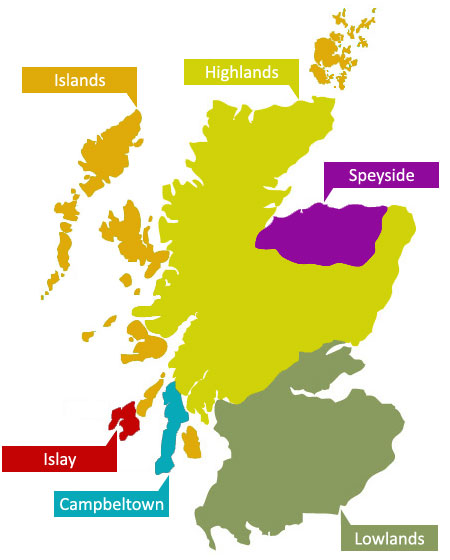Color (5%): Medium intensity. Copper and dark honey hues. 4/5
Nose (10%): That gorgeous honey stays true, though slightly less than the 12 year. A faint nuttiness pops in. It's a darker honey with subtle vanilla and oak. Slight black tea notes as well. Nicely layered and soft. 8/10
Palate (20%): Honey roasted peanuts. Cooked apples. It's like the garnish for a cheese or charcuterie board. Sherry fruit flavors, not much spice of any kind. Some vanilla and milk chocolate. Very trace amount of tobacco and leather. The influence of the oak is there, but it is in no way an excessively oaky whiskey. 17/20
Finish (10%): It's a short finish, leaving you with some cocoa powder. Easy going. A slight note of burnt sugar. 6/10
Overall Impression and Harmony (30%): This soft sipping scotch is very nice. It has enough nuance to elevate it above a "mixing" whiskey. I would happily sip this for hours. It's bright and sunny and would pair well with picnic foods and afternoon snacks. There is limited depth, punch, or pizzazz, but this is perfectly respectable. It doesn't taste young, and it's certainly not too oaky. This gives blended whiskeys a good name. When it comes to the occasion to drink this spirit, it reminds me of a bright white wine. 26/30
Retry on Ice (25%): The sweetness actually fades out. That's unusual. The apple tartness goes up a lot. It's still a bit chocolaty. Super clean. The finish becomes next to nothing. 19/25
Total Ranking: 80% Legendary, Amazing, Great, Good, Fair, Average, Tolerable, Swill
Conclusion: You must compare this to the 12-year-old, a staple on my home shelf. This does offer a slightly more robust body and depth. I give this a couple more points on the scoreboard by comparison, but this is nearly double the price. I won't repurchase this, but I will happily finish the bottle. This in no way will be collecting dust, but I can treat myself to more punchy flavors for the same money and get something that serves the same function for cheaper. Buy a dram at the bar, but you probably don't need to commit to buying a full bottle.


































